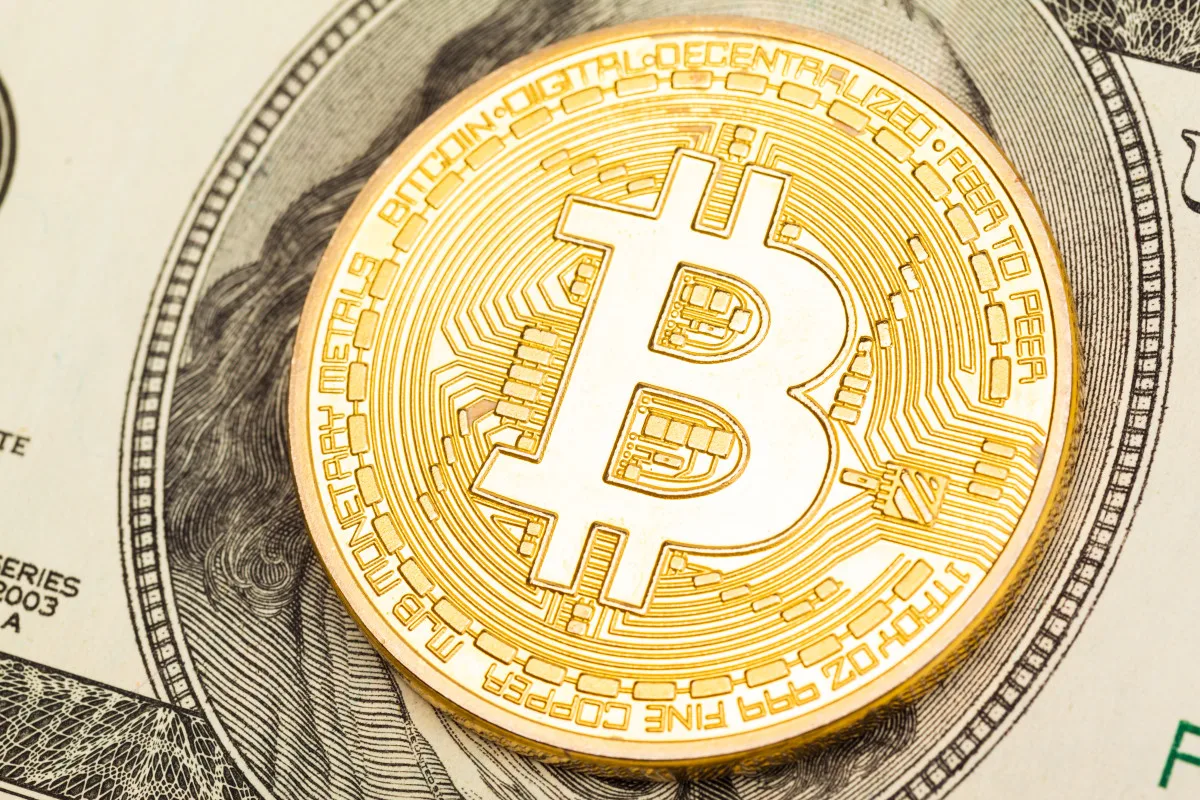Welcome to Creator Columns, your source for insights from leading HubSpot Creators, inspiring you to grow confidently. Today, we delve into the burning question—Is Jaguar’s recent rebrand a Bold Move or a Costly Mistake?
Jaguar’s ambitious rebrand has sparked conversations across the marketing world, leaving many to ponder if they’ve made a bold move or taken a costly misstep.
The traditional British luxury cues have been replaced with stark minimalism and what can only be described as “modernist exuberance.” Their rebranding efforts involve cryptic videos and high-fashion models, encapsulated in the new mantra: “Copy Nothing. Delete Ordinary.”
This move has been met with mixed reactions. Marketing guru Mark Ritson described it as “f—ing lunacy,” while Rory Sutherland remains open-minded, suggesting it’s “too early to call.”
Bold Move or Costly Mistake?
So, what exactly has Jaguar done? The iconic British automaker embraced a striking new identity, replacing its well-known leaping cat logo with a minimalist design that reads “JaGUar,” featuring unique capitalization.
Jaguar made a strategic decision to erase their existing social media presence, opting for marketing visuals that omit the typical car imagery. Even tech mogul Elon Musk couldn’t resist asking, “Do you sell cars?”.
This overhaul stems from a broader strategy to address declining sales, which you can explore in more detail in this BBC article. By transitioning into a high-end luxury EV brand to compete with Porsche and Bentley, Jaguar aims to attract affluent millennials and Gen Z rather than relying on its older clientele.
Navigating the Rebranding Minefield
Historically, many rebrands have flopped. A prime example is Tropicana’s 2009 redesign, where a new look led to a dramatic 20% drop in sales and a £30 million loss within just two months. Tropicana quickly reverted to their familiar design.
Jaguar’s rebranding might evoke a similar feeling—abandoning familiarity for modern aesthetics. However, making decisions about luxury cars isn’t as impulsive as choosing juice. In the words of Daniel Kahneman, car purchases invoke “system 2” thinking: deliberate, logical, and identity-driven.

Thus, detaching Jaguar from its historical roots might not be as risky as it appears. Customers may choose Jaguar for its vehicle quality, not its historic branding. However, this change poses a potential problem in terms of mental availability.
Jaguar’s Mental Availability Dilemma
According to Byron Sharp, author of How Brands Grow, a vital part of advertising is enhancing mental availability. Familiar brand elements like Jaguar’s Le Mans victories and the legendary E-Type are its mental assets.
Successful brands such as McDonald’s and Apple consistently incorporate familiar elements into advertisements, boosting mental availability and ultimately sales. According to Sharp, ads with strong brand links are 60% more effective than those with weak or generic brand associations.
In contrast, Jaguar’s move risks dissolving those valuable mental connections.
Wine Wisdom: Lessons Jaguar Could Learn
Byron Sharp’s observation of Australia’s Queen Adelaide wine illustrates the power of maintaining mental availability. When faced with declining relevance, Seppelt opted not to completely overhaul the brand. Instead, they leveraged Queen Adelaide’s name and designs to rekindle familiarity among consumers.
This approach led to the wine becoming Australia’s best-selling chardonnay, proving the effectiveness of boosting mental availability over starting anew.
The lesson here is clear: guarding and enhancing existing mental structures can transform a struggling brand.
The Bottom Line for Jaguar
Could Jaguar have embraced both tradition and innovation? They might have reimagined their logo while preserving recognizable brand elements to secure their mental availability in a competitive market.

This hybrid approach might have mitigated the risks associated with a stark rebrand. Although acknowledging tradition might appear safe, it could lower the risk of negative outcomes.
Ultimately, substantial changes offer greater rewards or considerable setbacks. Is Jaguar’s rebrand a strategic maneuver, or a move toward obscurity?
The Final Verdict
Mark Ritson argues Jaguar should modernize without erasing its heritage, while Rory Sutherland remains cautiously optimistic.
One certainty is that Jaguar has put immense mental availability at stake, and only time will reveal if this calculated risk pays off.
This article is part of Phill Agnew’s Marketing Cheat Sheet series, featuring scientifically-backed marketing tips. For more insights, check out his podcast, Nudge, part of the HubSpot Podcast Network.
Discover more from Make Money Online and Work From Anywhere
Subscribe to get the latest posts sent to your email.




